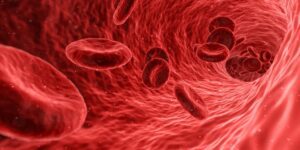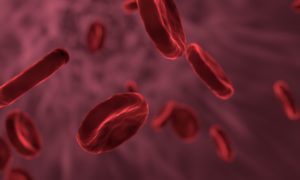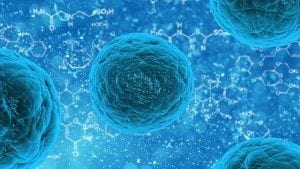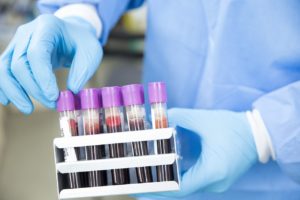Aplastic Anemia
What is aplastic anemia?
Aplastic anemia is a rare, but serious, blood disorder. It occurs when the body’s bone marrow stops making enough new blood cells due to damaged stem cells. The condition can develop over time or quite suddenly in people of any age. However, it does tend to get worse as time passes. One type of aplastic anemia includes “congenital hypoplastic anemia,” which presents itself at birth.What are the symptoms of aplastic anemia?
- Prolonged bleeding from cuts
- Nosebleeds
- Bleeding gums
- Recurrent or lengthy infections
- Shortness of breath with exertion
- Pale skin
- Fatigue
What causes aplastic anemia?
When bone marrow damage occurs, the production of new blood cells is shut down or drastically slowed. Because bone marrow produces stem cells, the production of stem cells is also halted. When stem cells are no longer being produced, platelets, red blood cells, and white blood cells become “aplastic” or “hypoplastic.” This means the bone marrow is empty or has very few blood cells. If bone marrow can’t make enough new blood cells, other health problems arise, like aplastic anemia.Are there treatment options for aplastic anemia?
There are! Treatment options for aplastic anemia patients can include:- Blood transfusions
- Blood and marrow stem cell transplants
- Medicines, including:
- Treatment to stimulate bone marrow
- Treatment to prevent/treat infections
- Treatment to suppress the immune system
Where can I find more information?
Aplastic Anemia Articles

Family Asks People to Join Bone Marrow Registry After Daughter’s Aplastic Anemia Diagnosis
Jessica Lynn
November 23, 2023
Read More »

Parents in Malta Handed a Prison Sentence for the Death of Daughter Who Died of Aplastic Anemia
Rose Duesterwald
June 5, 2023
Read More »

Oct. 15: Points and Pints for Patrick to Raise Funds for Aplastic Anemia
Jessica Lynn
October 11, 2022
Read More »

Patient Story: Woman with Severe Aplastic Anemia Successfully Treated
Alyssa Stevens
August 1, 2022
Read More »


Eltrombopag Improves Aplastic Anemia Treatment, Study Shares
Jessica Lynn
January 10, 2022
Read More »








